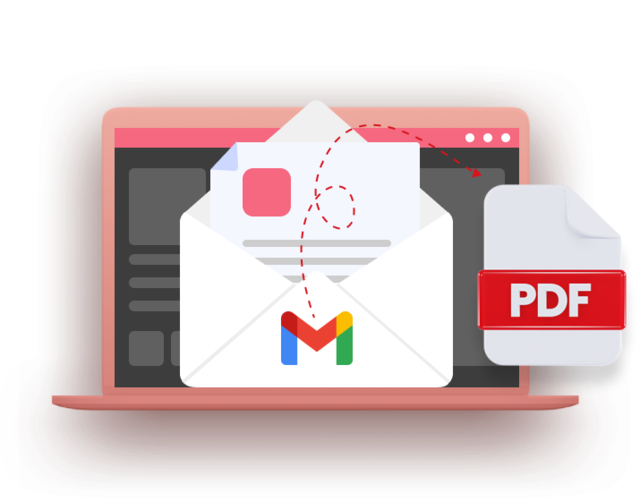Gmail is a well-known and popular platform to send emails in the modern age. But organizing and managing your email can be a challenge. The ability to save emails as PDF is a great option to share and archive important messages.
Why would you want to save email as PDF?
Before we go into the process, we need to be aware of the importance of saving emails in PDF. Portable Document format, also known as PDF, is an universal file format. It’s widely used because of its compatibility and reliability across different devices. You can create a PDF snapshot of the content in your emails, which retains all the formatting including attachments, the overall structure and format. This is a fantastic way to keep important information safe and makes it easier to share.

How to save a single Email as a PDF in Gmail
1. Go to the Email Login page of your Gmail account. Select the email you wish to save as PDF.
2. Click the Print Icon. The print icon is typically shown by a device for printing. To open the print dialog, click it.
3. Choose “Save as PDF” as the destination.
4. You can alter the settings prior to saving. This includes the size of paper and orientation, layout and more.
5. Click “Save”. Click on the Save button, then select the destination folder and save your message as PDF.
Save Email as PDF – Your Ultimate Guide to Seamless Conversion
Let’s take a look at additional ideas and suggestions to enhance your experience when saving emails as PDFs in Gmail. For more information, click Save Email as PDF
Organise with Folders: Create dedicated folders for each type of category to ensure a systematic approach. For example, you might have folders to organize work-related emails as well as personal correspondence. You can also create folders for specific projects. The saving of PDF files into the folders will make retrieval a breeze.
Batch Processing: If you have multiple emails that you want to save, Gmail allows you to select and print them in batch. This feature will save you time. It is particularly beneficial when you have to archive entire discussions or project threads.
Naming Conventions: Develop an enduring naming convention that applies to your saved PDFs. Include information like the sender’s name, the date or subject in order to find particular documents.
Password protection: To improve security, password protect sensitive PDFs. This ensures that only those with the proper authorization can access the information. This is an added layer of security.
Cloud Storage Integration: Think about the possibility of connecting your Gmail account with cloud storage services. It is possible to save your emails directly as PDFs on various platforms like Google Drive. This allows users to access them from any device.
Conclusion
In the end, being able to save emails in PDF within Gmail is a valuable technique that will enhance the management of your emails and organize capabilities. Converting emails into PDF is an adaptable solution to archiving important communications, establishing a library of reference information and sharing data with colleagues.
Learning this technique will not only enhance your workflow, but will also help you stay organized and efficient. If you’re navigating the vast terrain of your email, make use of PDF files to save your messages, share them, and make references. Embrace the convenience of saving your emails in PDF, and unlock a new level of efficiency in your Gmail experience.
